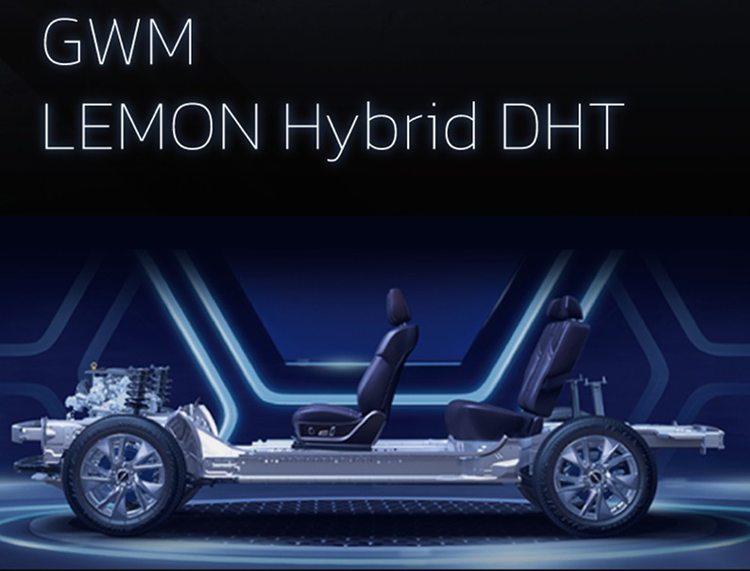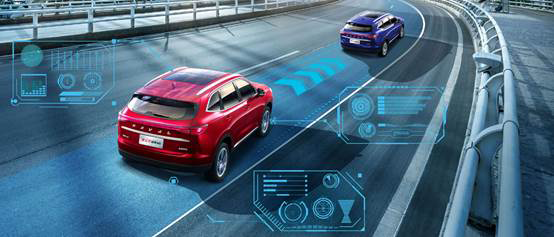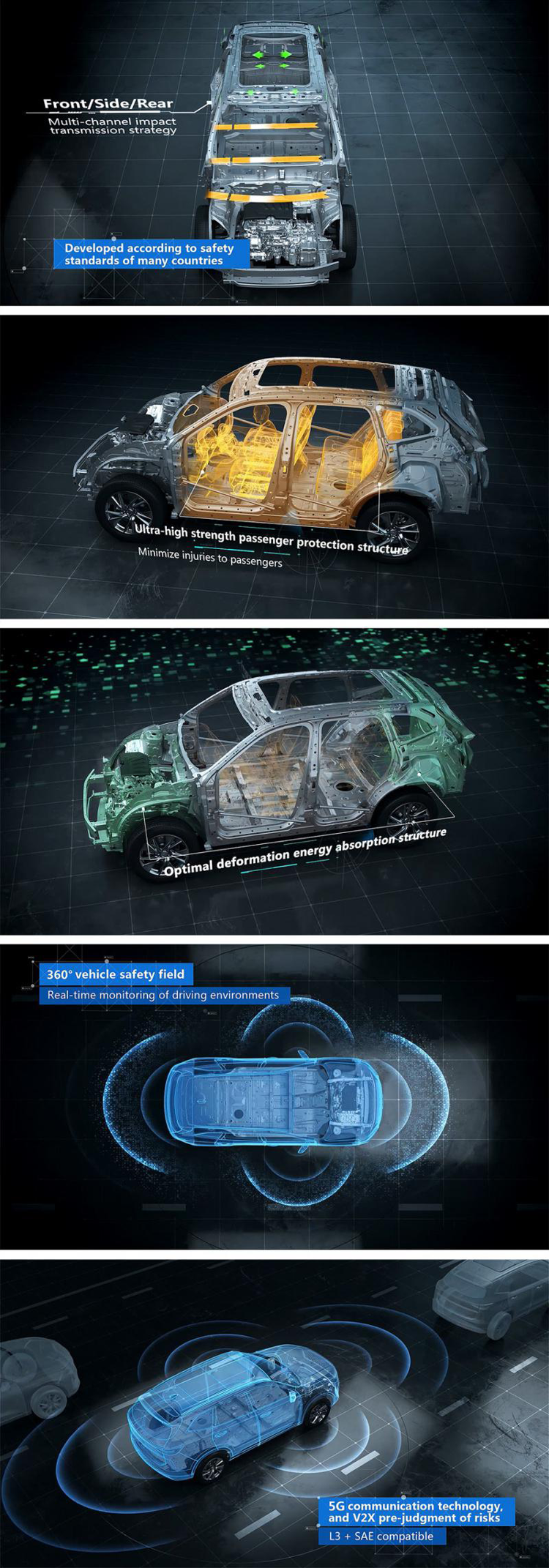Often the question is asked “Why do I need to service and maintain my vehicle at the OEM dealership” or “Why can I not do it myself or use my local workshop”?
OEM stands for Original Equipment Manufacturer. The OEM workshop is supported by the OEM in the form of all technicians being trained by the OEM on a regular basis to make sure that they understand and can diagnose any issue on your vehicle with the minimum effort.

The OEM also provides specialised equipment and tools to make sure that your vehicle is maintained and repaired to the original standard as it was when it left the factory. OEM workshops are audited regularly to make sure that everything is to the OEM standard and ready to maintain your vehicle.
In our modern age the technician has direct access to support from the factory via online portals. This gives the consumer the confidence to be able to drive their vehicle with complete peace of mind.
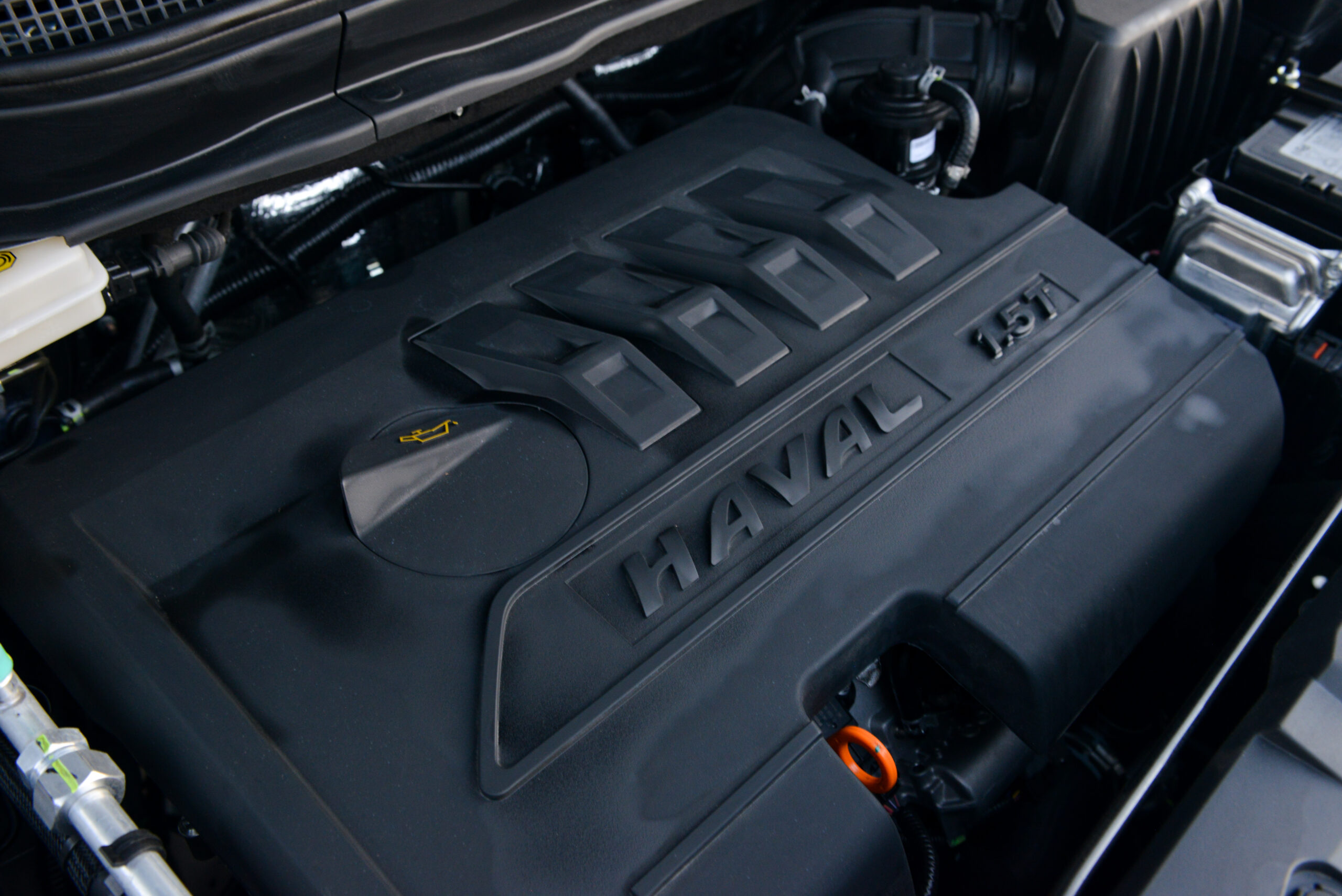
Why do we need to use OEM parts in our vehicles?
OEM parts are components engineered by the car manufacturer using the exact specifications. The advantages of using only OEM parts on your vehicle are as follows:
• It is unique to a particular make and model of a car, so there is no need to compare quality and price.
• It comes with a one-year warranty.
• It is always a perfect match for your car.
The importance of having your vehicles wheel alignment checked on a regular basis.
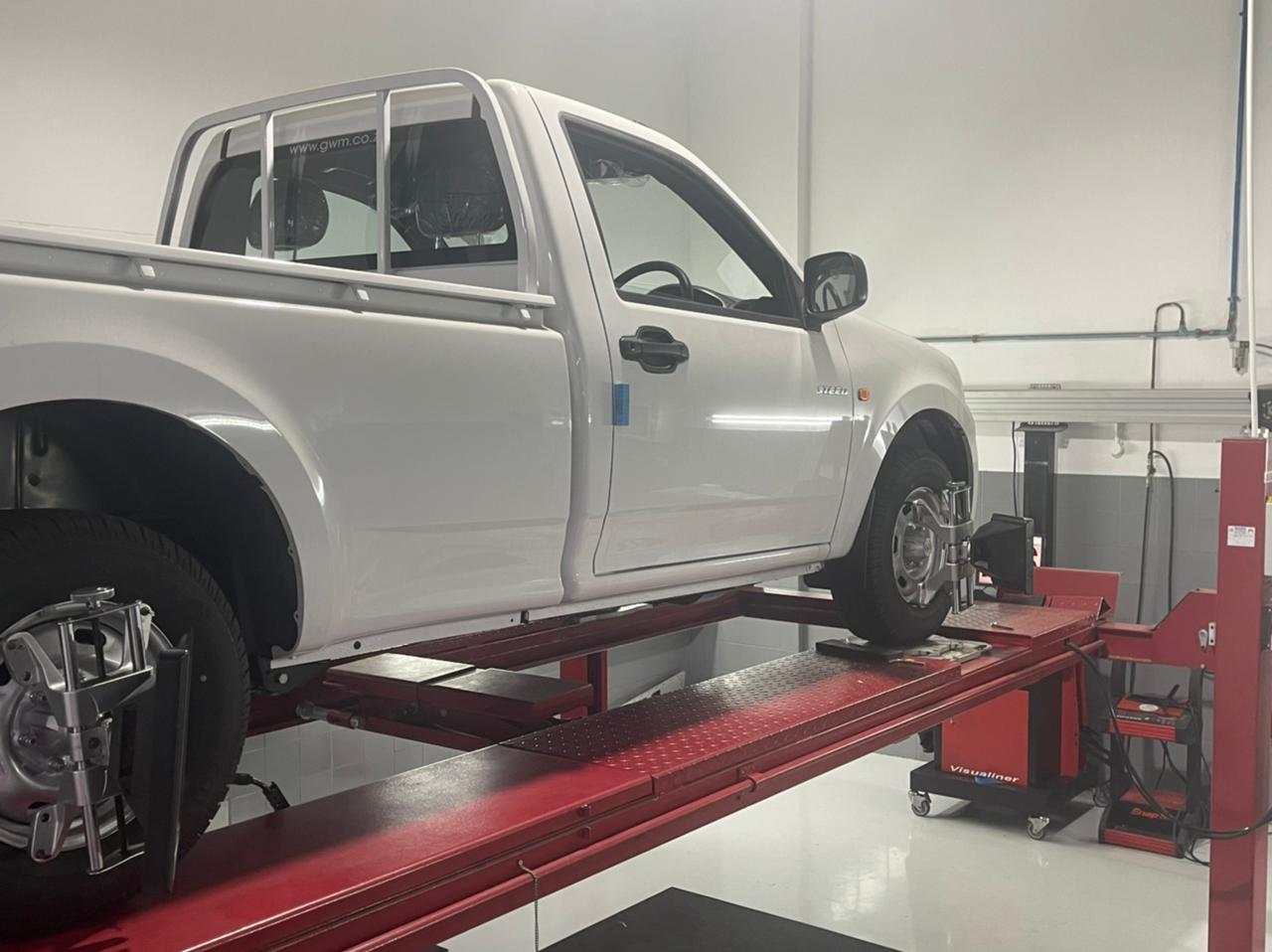
Maintaining proper wheel alignment is essential to avoid unnecessary wear on your tyres, steering, suspension and brakes. Accurate wheel alignment optimises driving stability, maximises tyre life and improves your vehicle’s overall handling performance.
At CMH Haval Cape Town we pride ourselves on having all OEM equipment in place and our technicians are constantly updating themselves with the latest OEM data to keep your vehicle performing at optimum levels. We have a qualified wheel alignment technician on site for your convenience.

Contact CMH Haval Cape Town on 0210011106 to book your next service with confidence that your vehicle will be given the care it deserves.
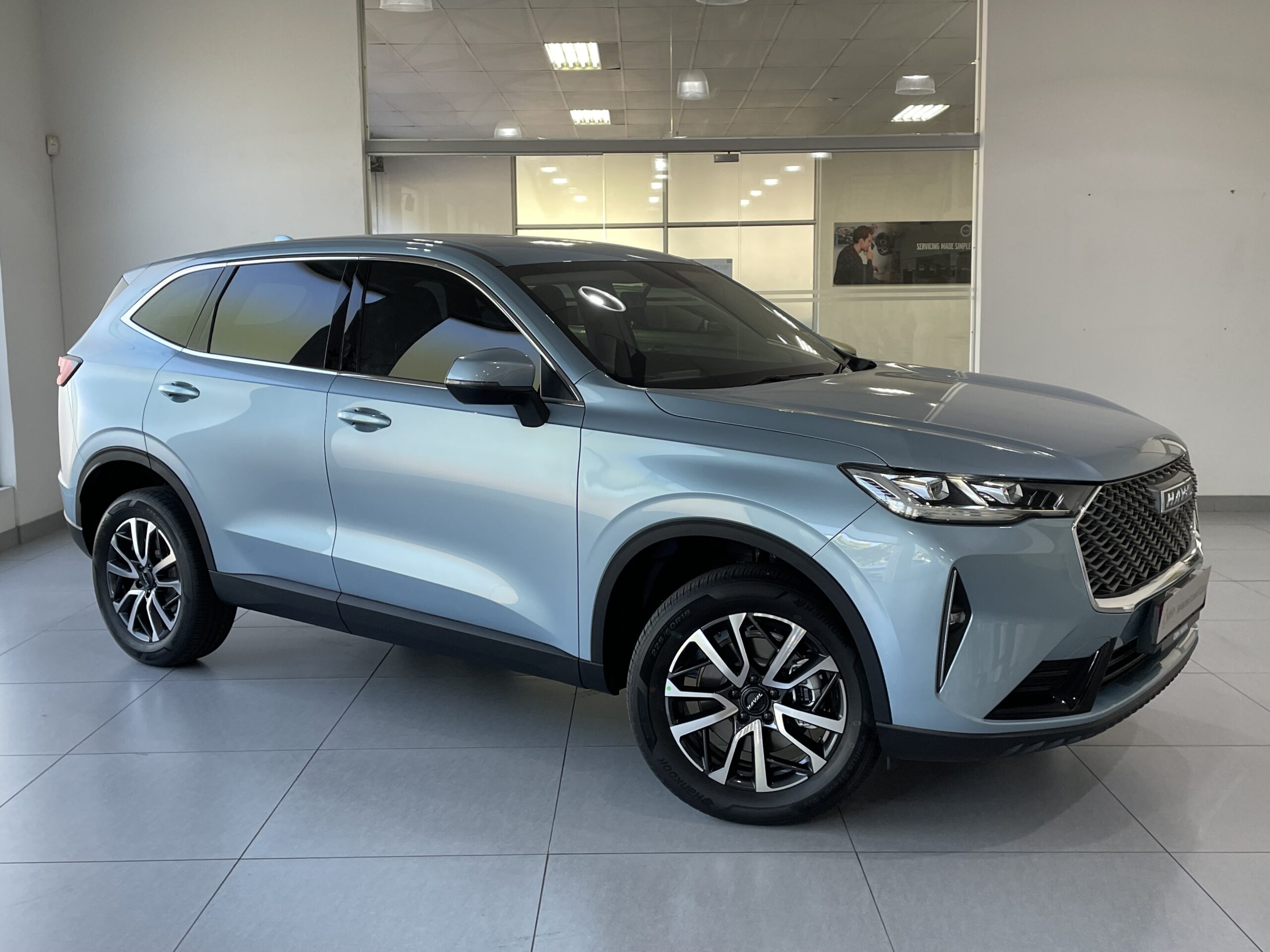


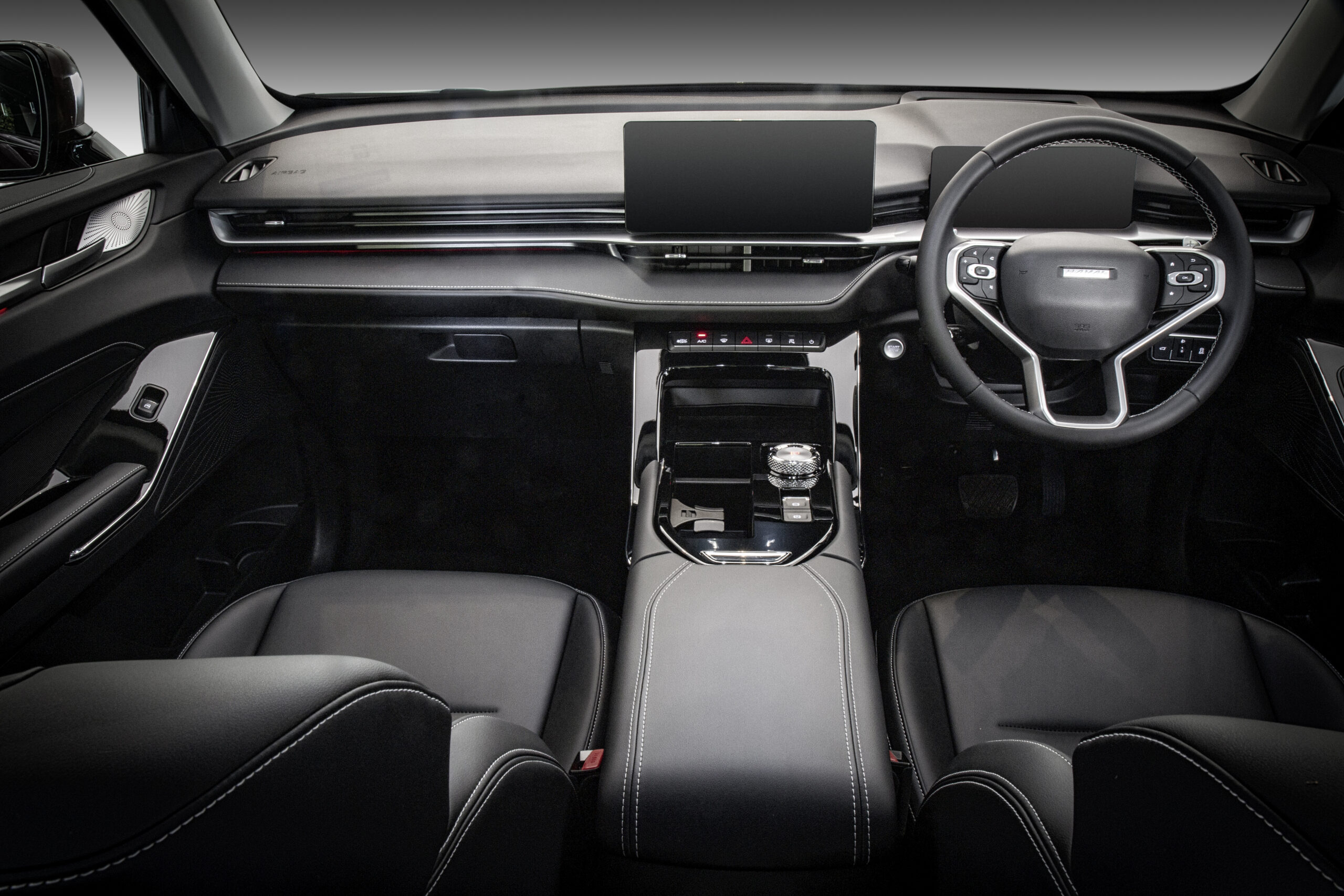
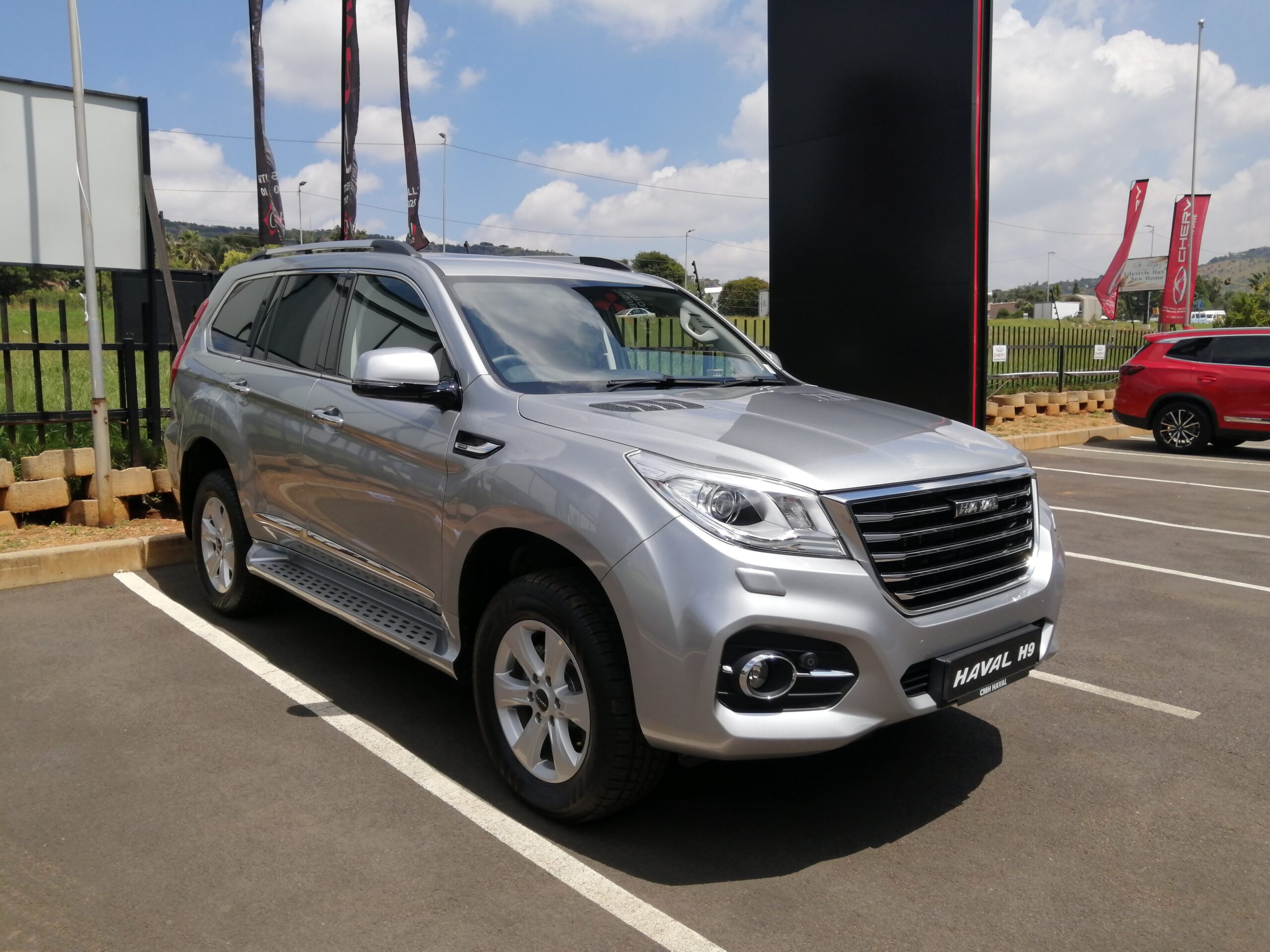
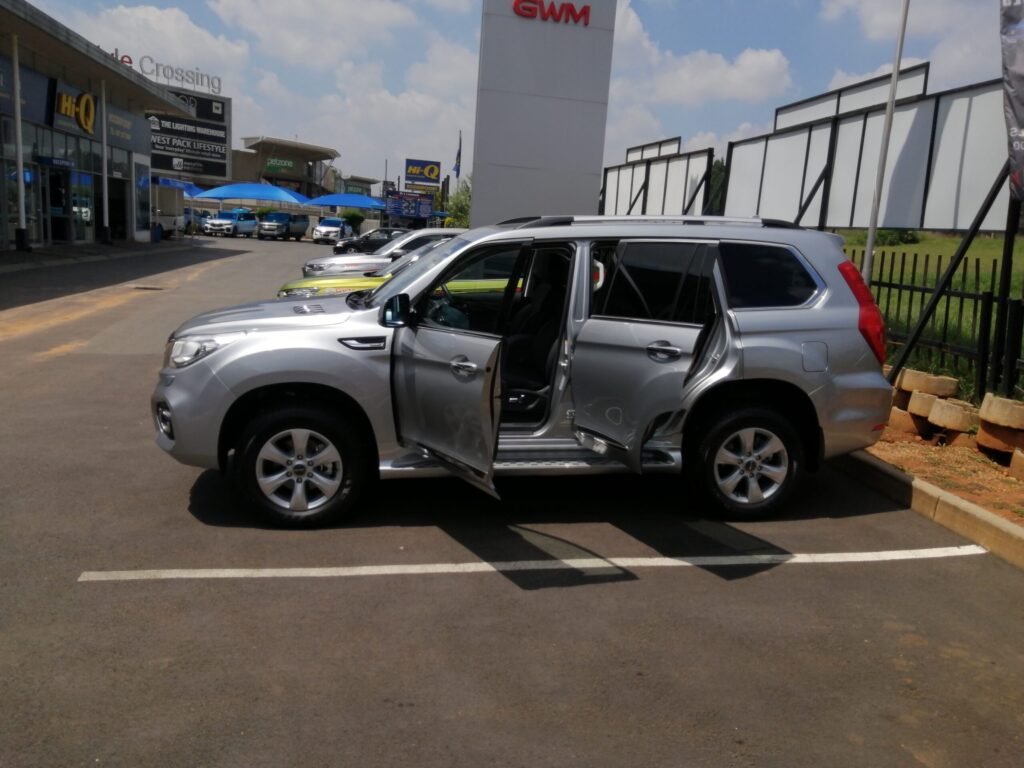
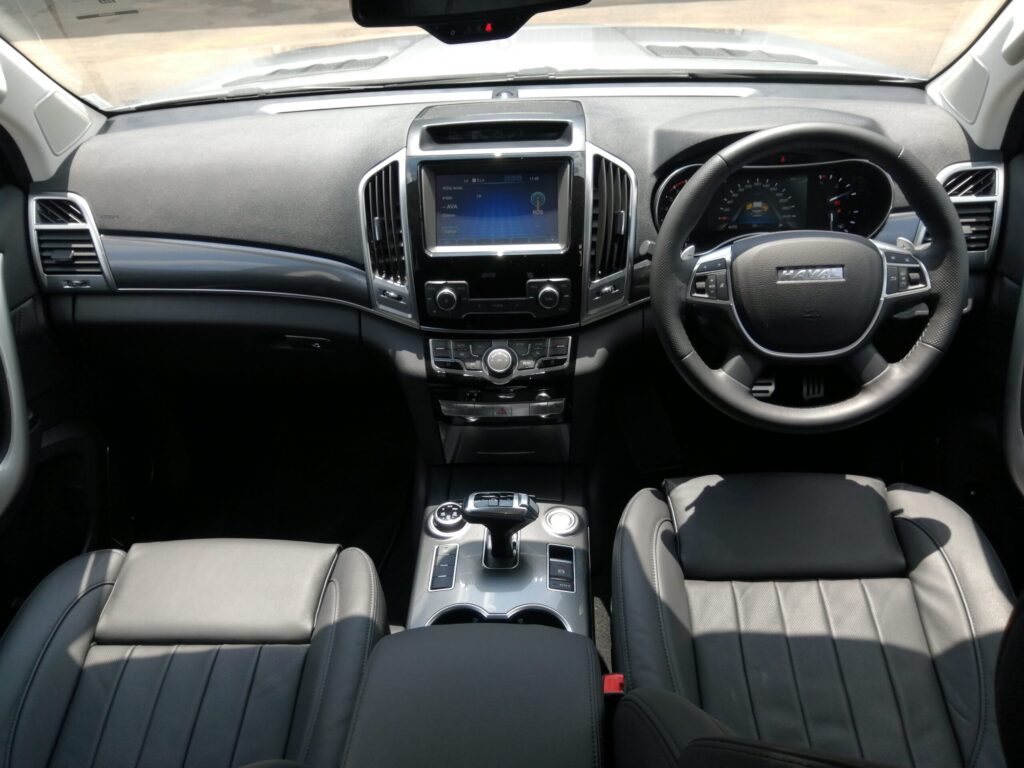

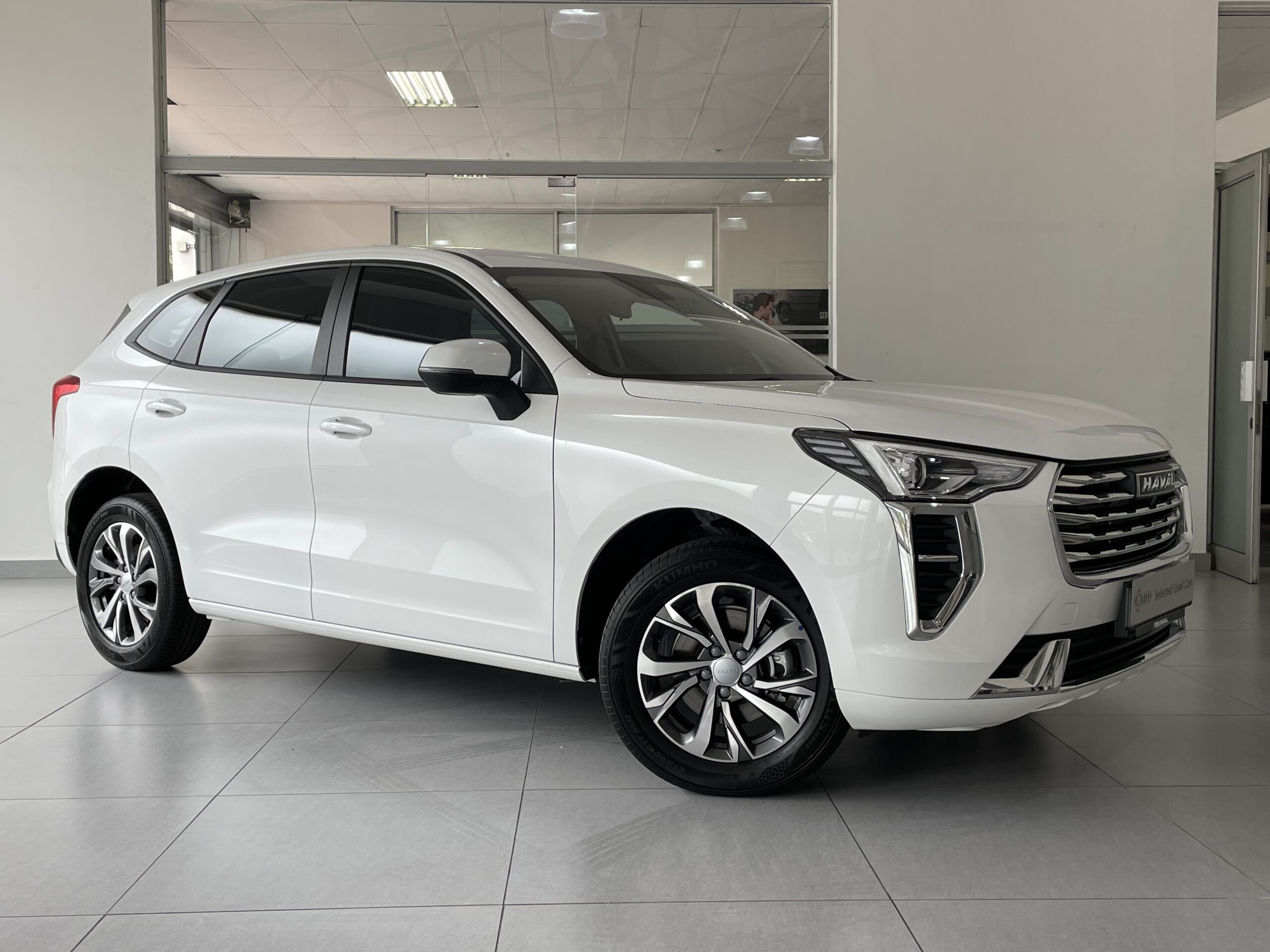
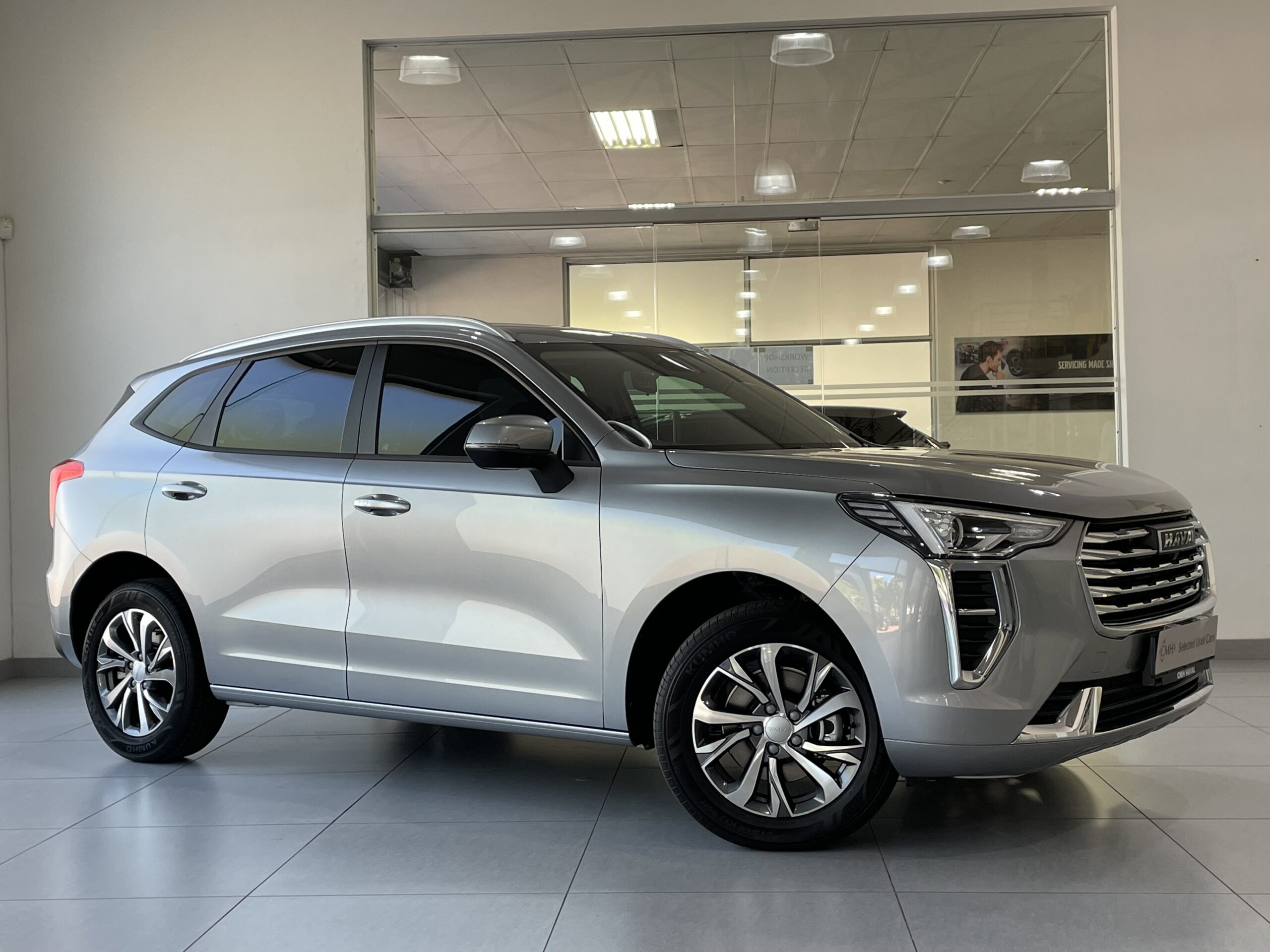
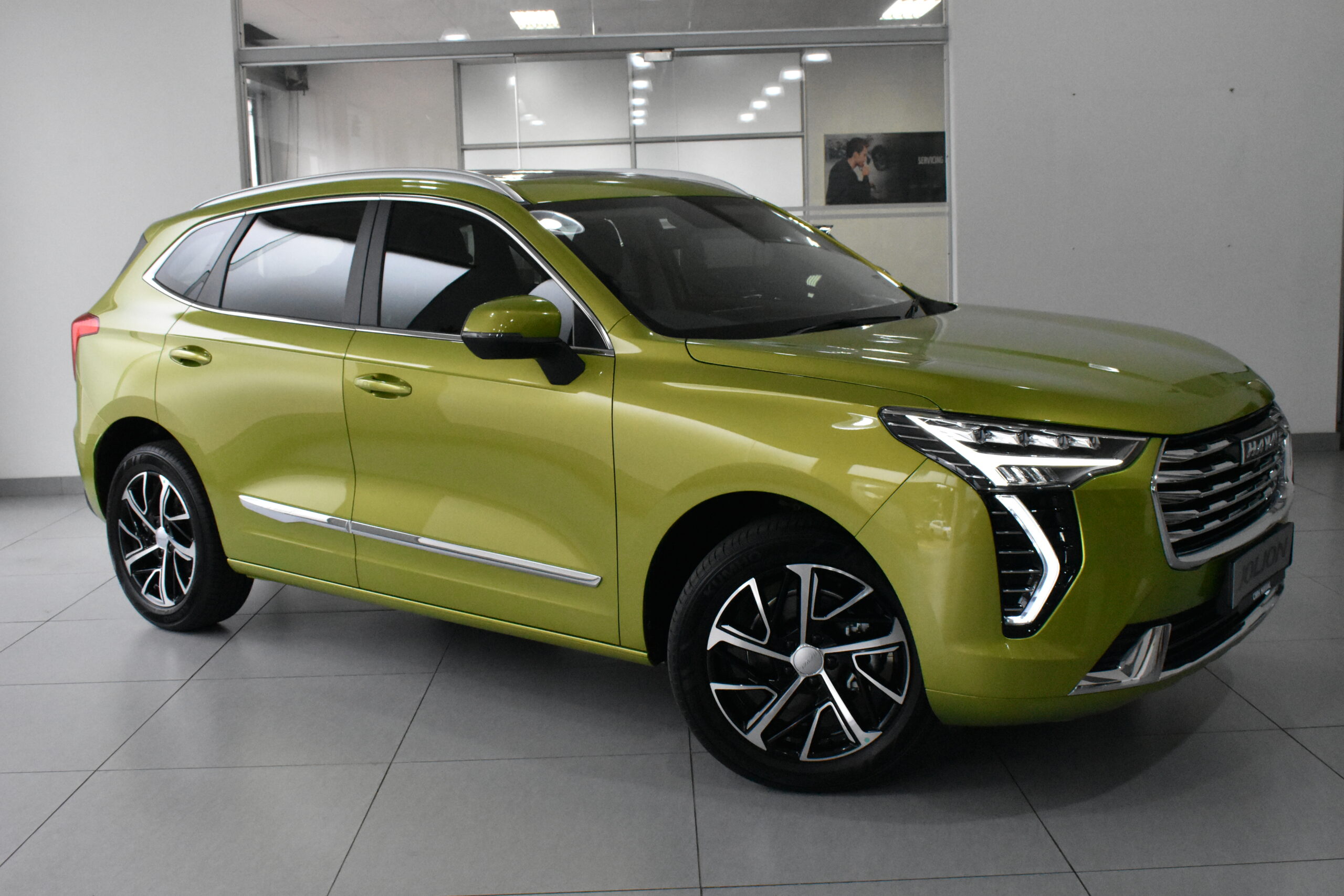

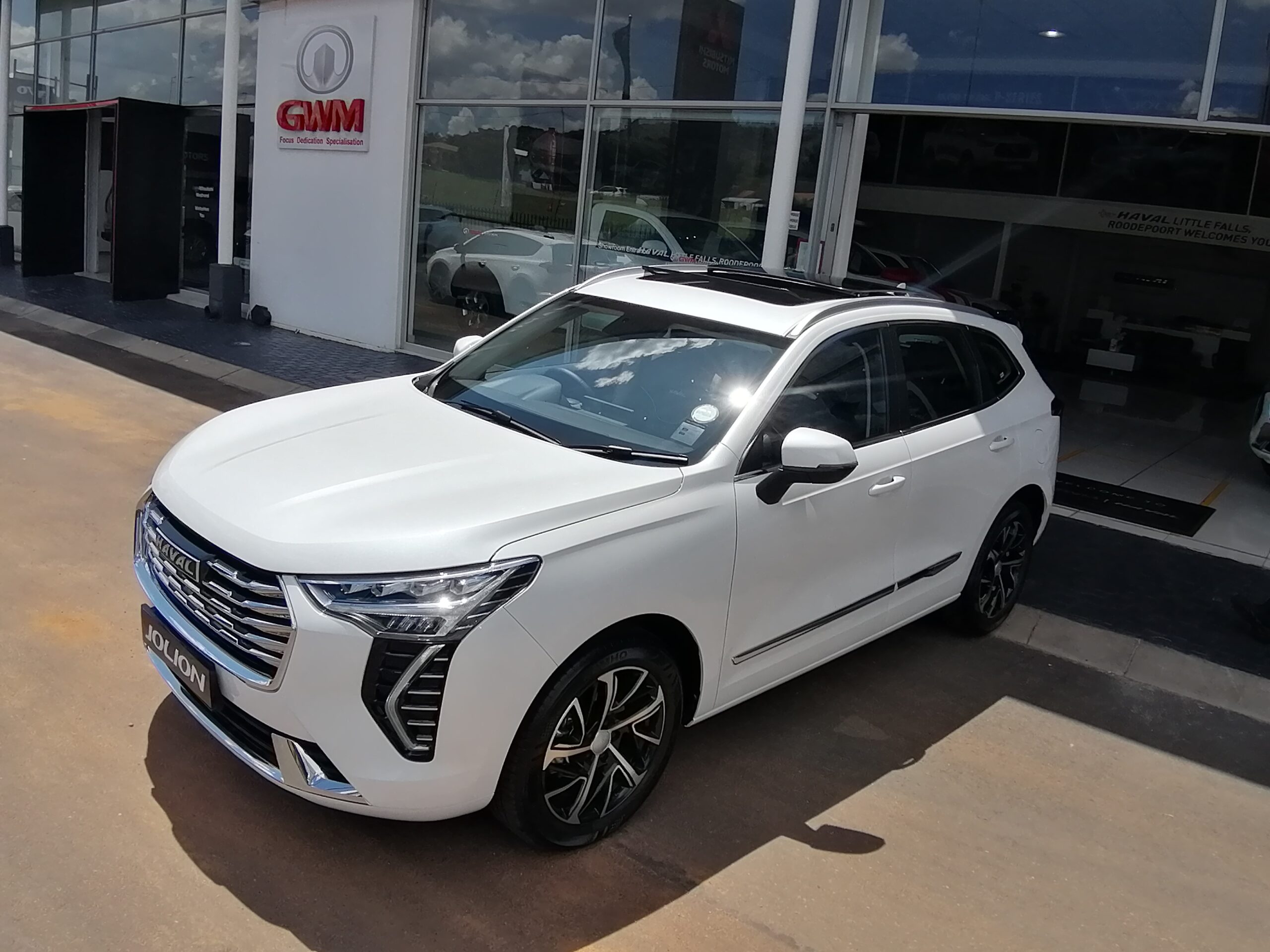
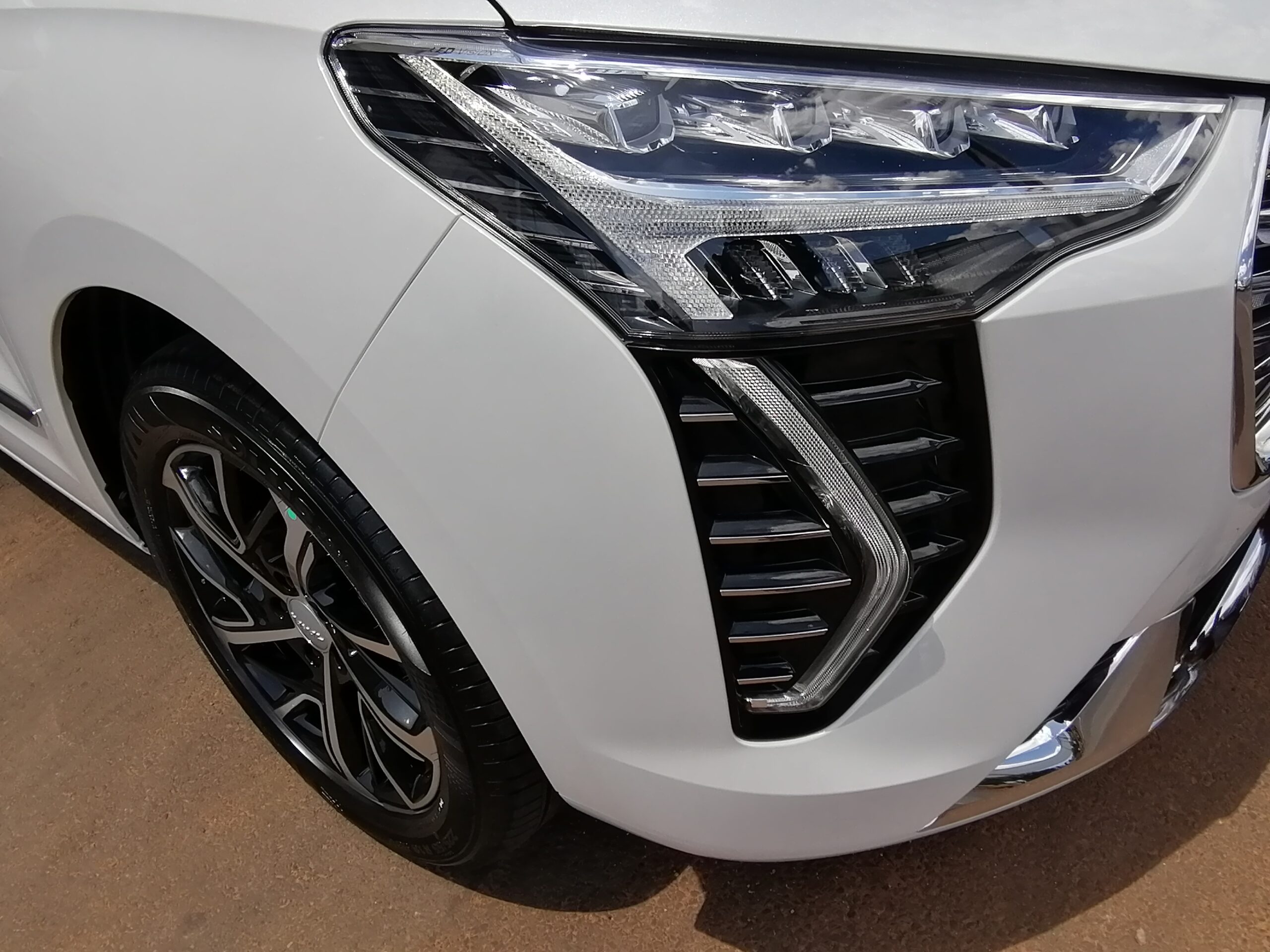
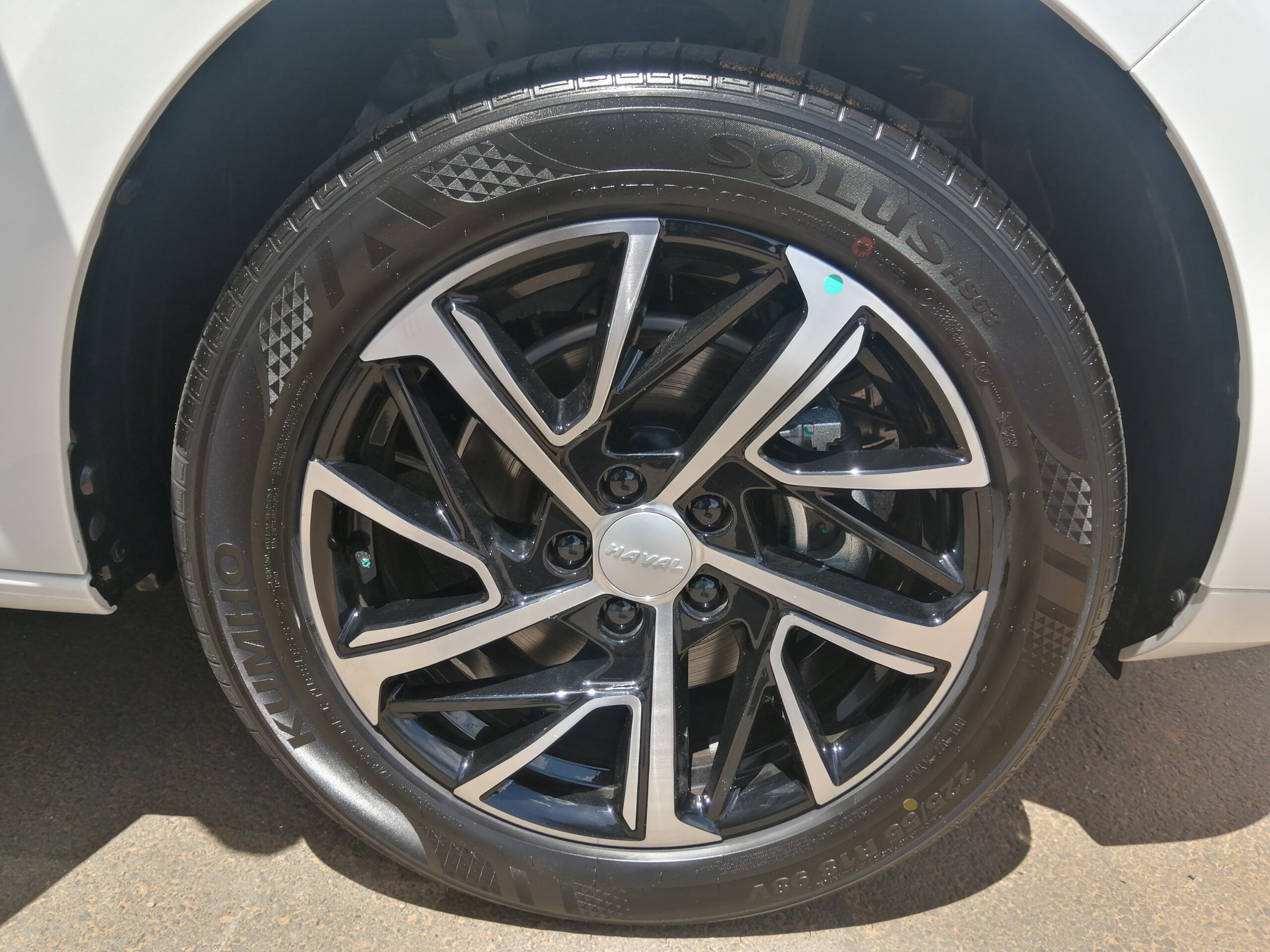 • Leather Steering Wheel
• Traffic sign recognition
• Driving fatigue detection
• Rear park distance sensors
• 360 Degree panoramic camera
• 3-inch multimedia touch display
• Leather Steering Wheel
• Traffic sign recognition
• Driving fatigue detection
• Rear park distance sensors
• 360 Degree panoramic camera
• 3-inch multimedia touch display
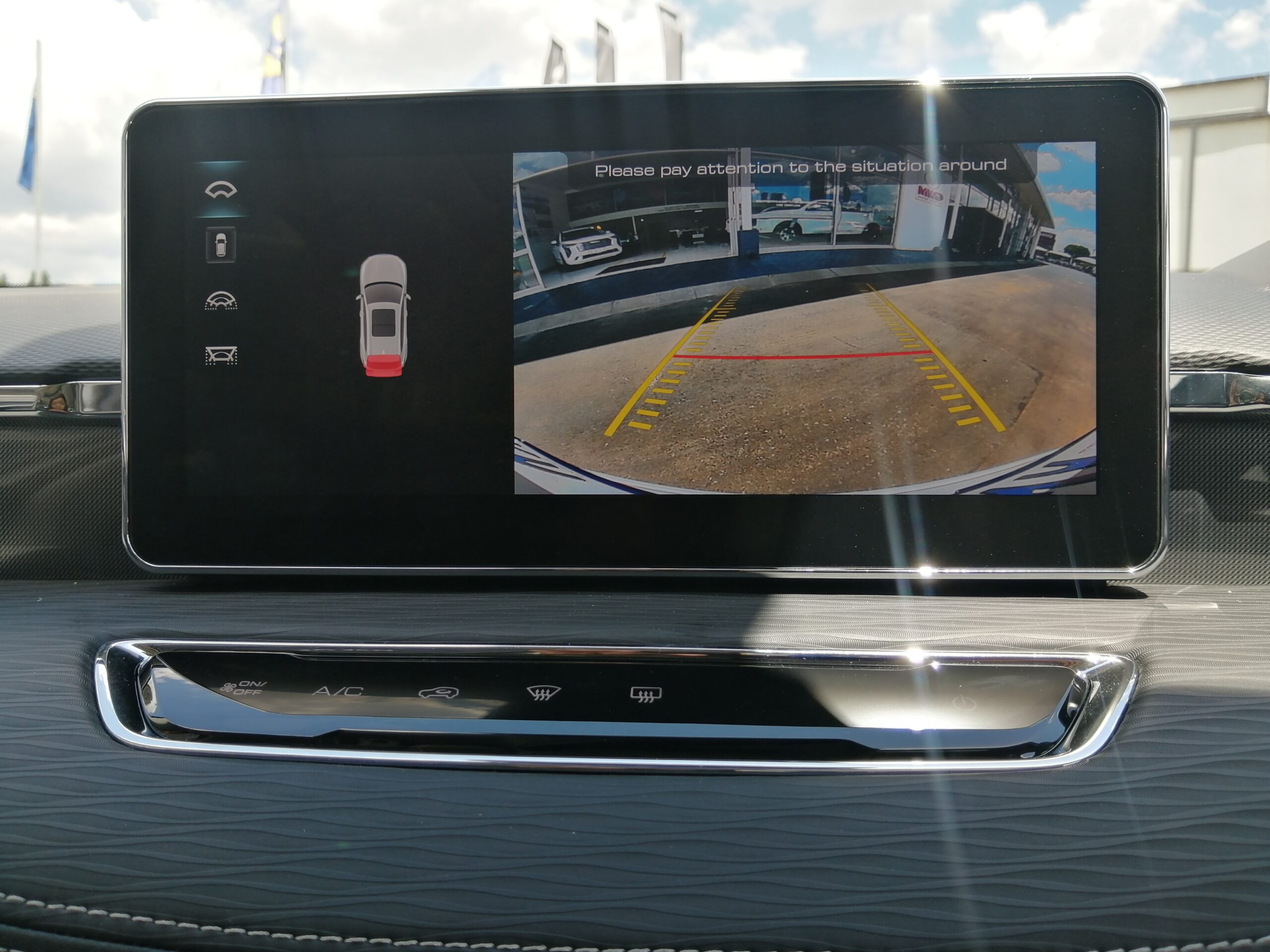 • Reverse camera with Guidelines
• Keyless entry and Push button start
• Blind spot detection and Lane change assist
• Reverse camera with Guidelines
• Keyless entry and Push button start
• Blind spot detection and Lane change assist
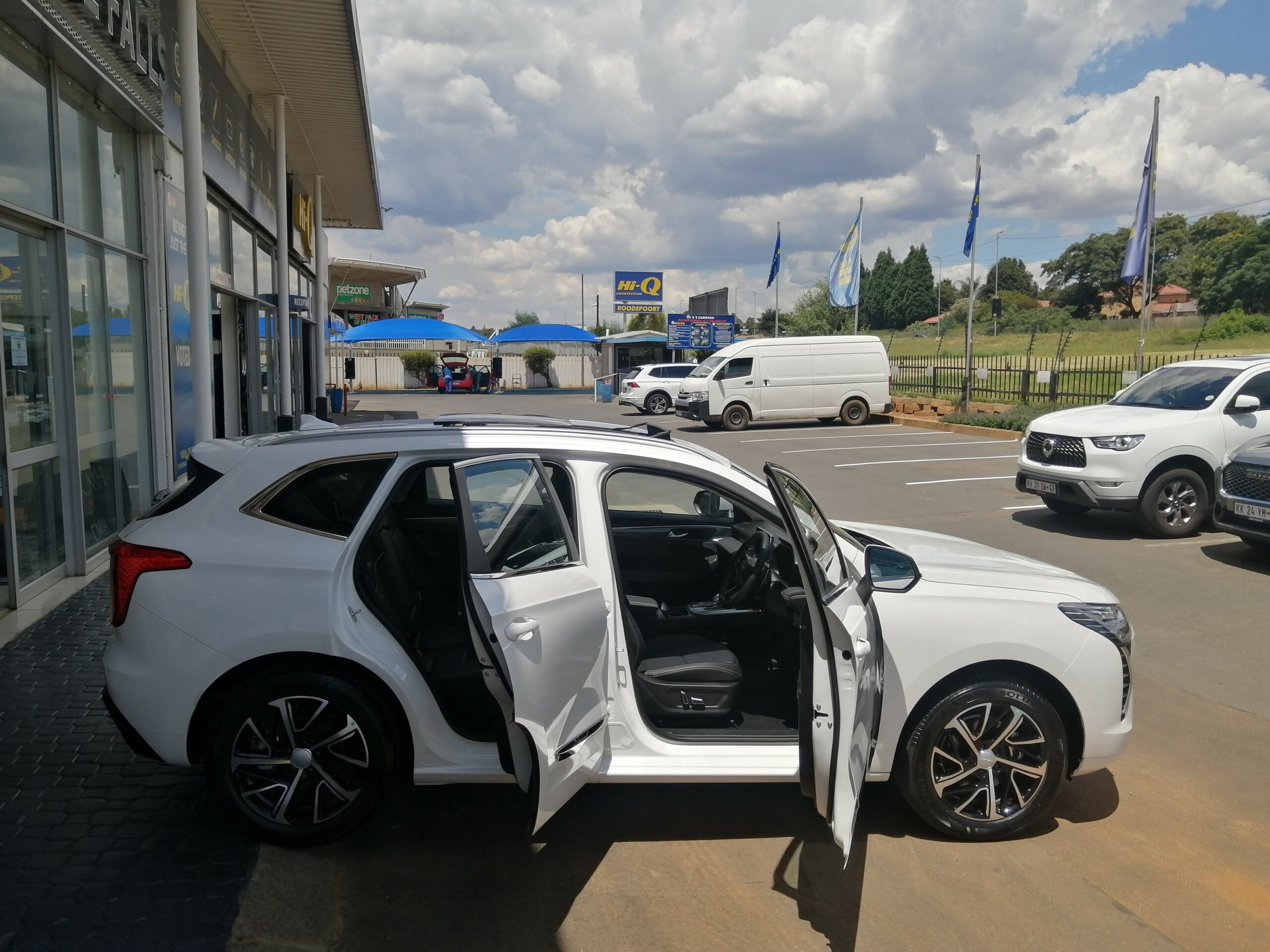 • Pre-collision warning, Automatic emergency braking
• Bluetooth Handsfree and Front, rear dual USB connector
• Lane Departure Alert, Lane Keeping Assist and Lane Centre Keeping
• Pre-collision warning, Automatic emergency braking
• Bluetooth Handsfree and Front, rear dual USB connector
• Lane Departure Alert, Lane Keeping Assist and Lane Centre Keeping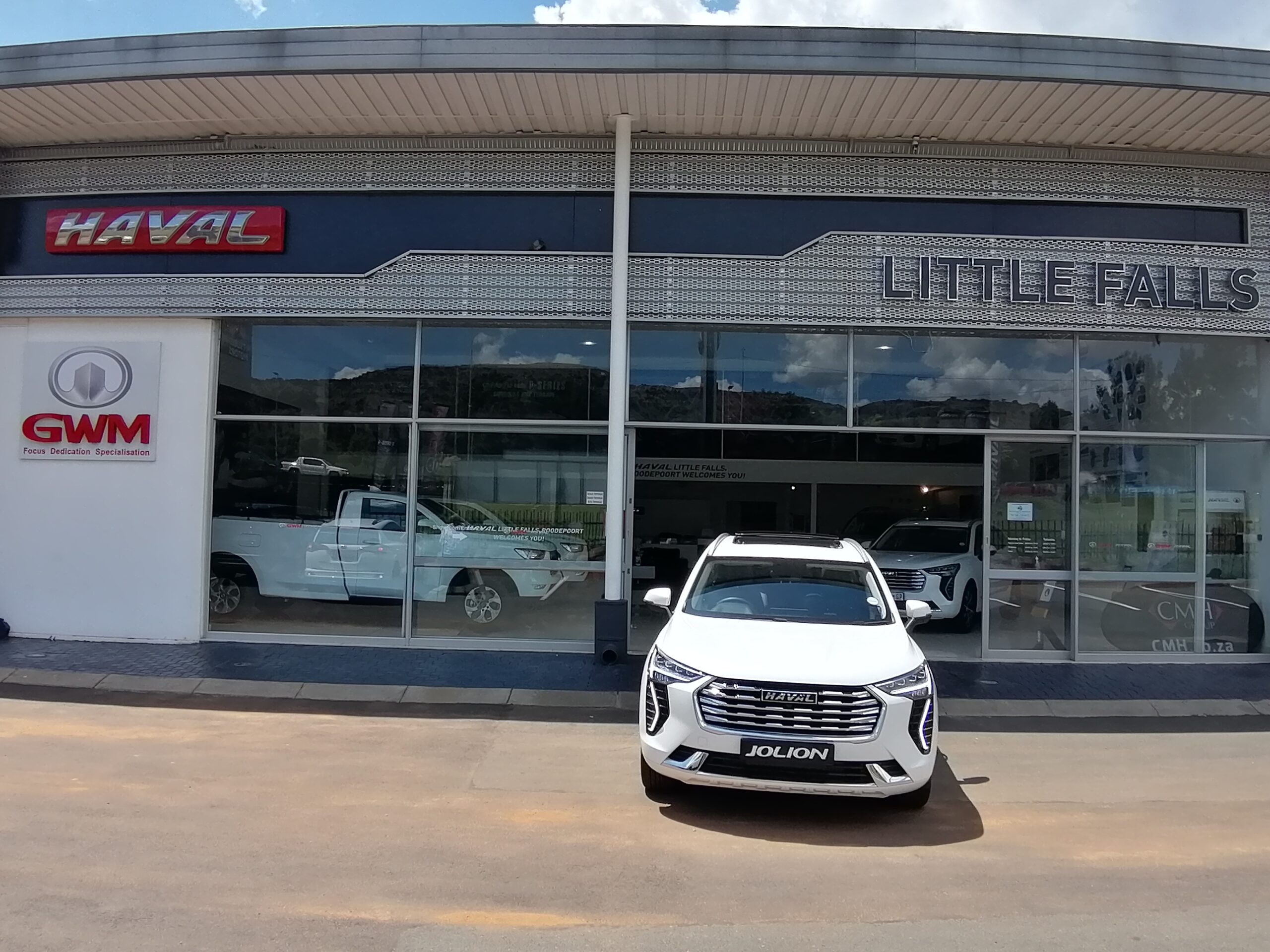
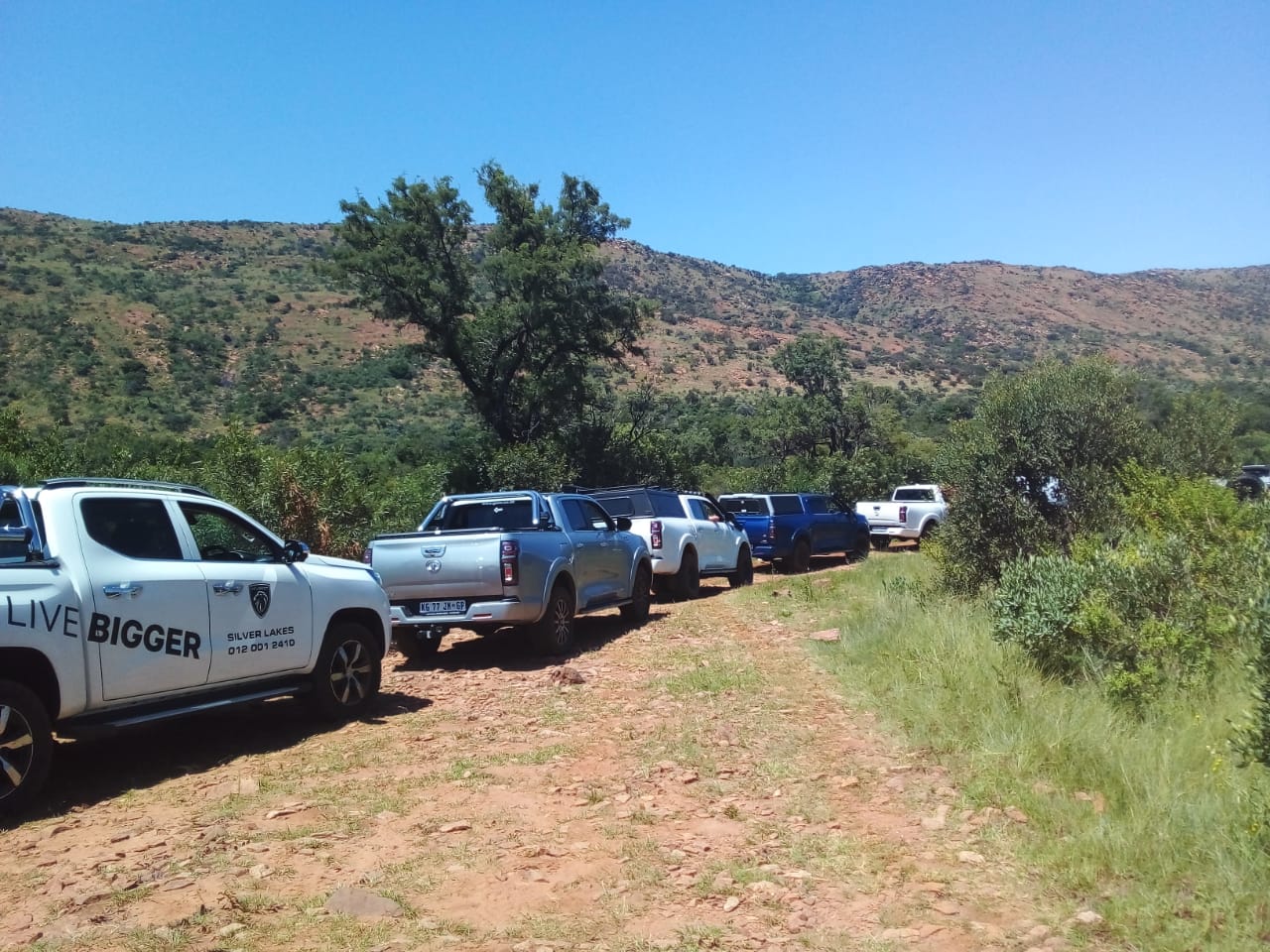
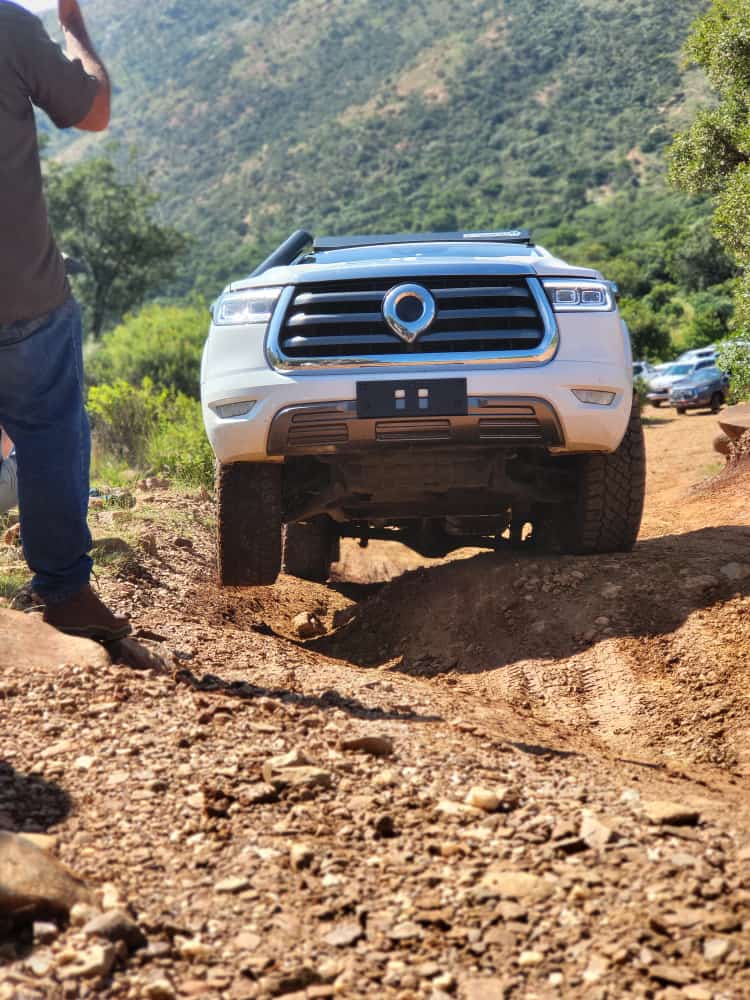
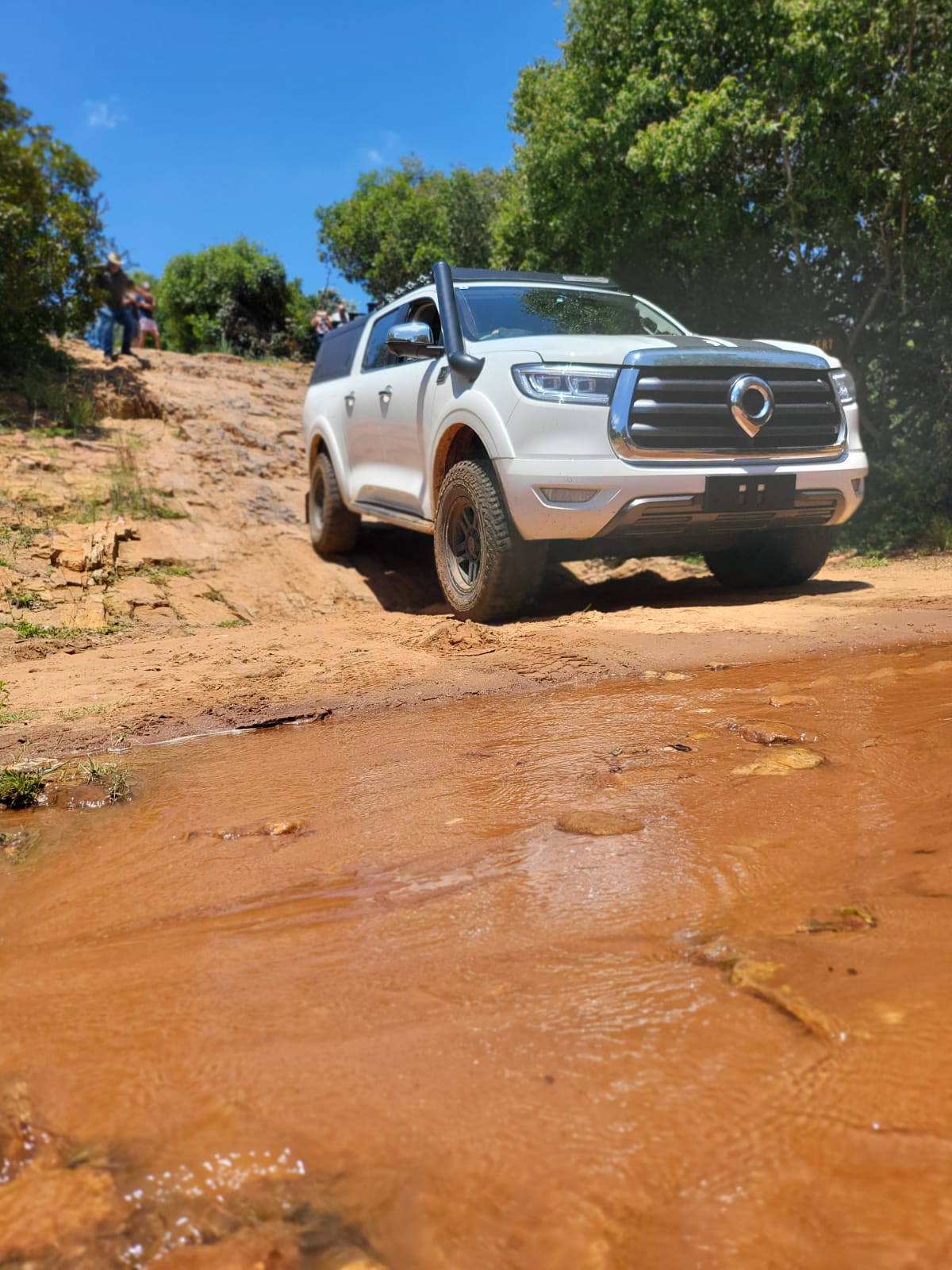
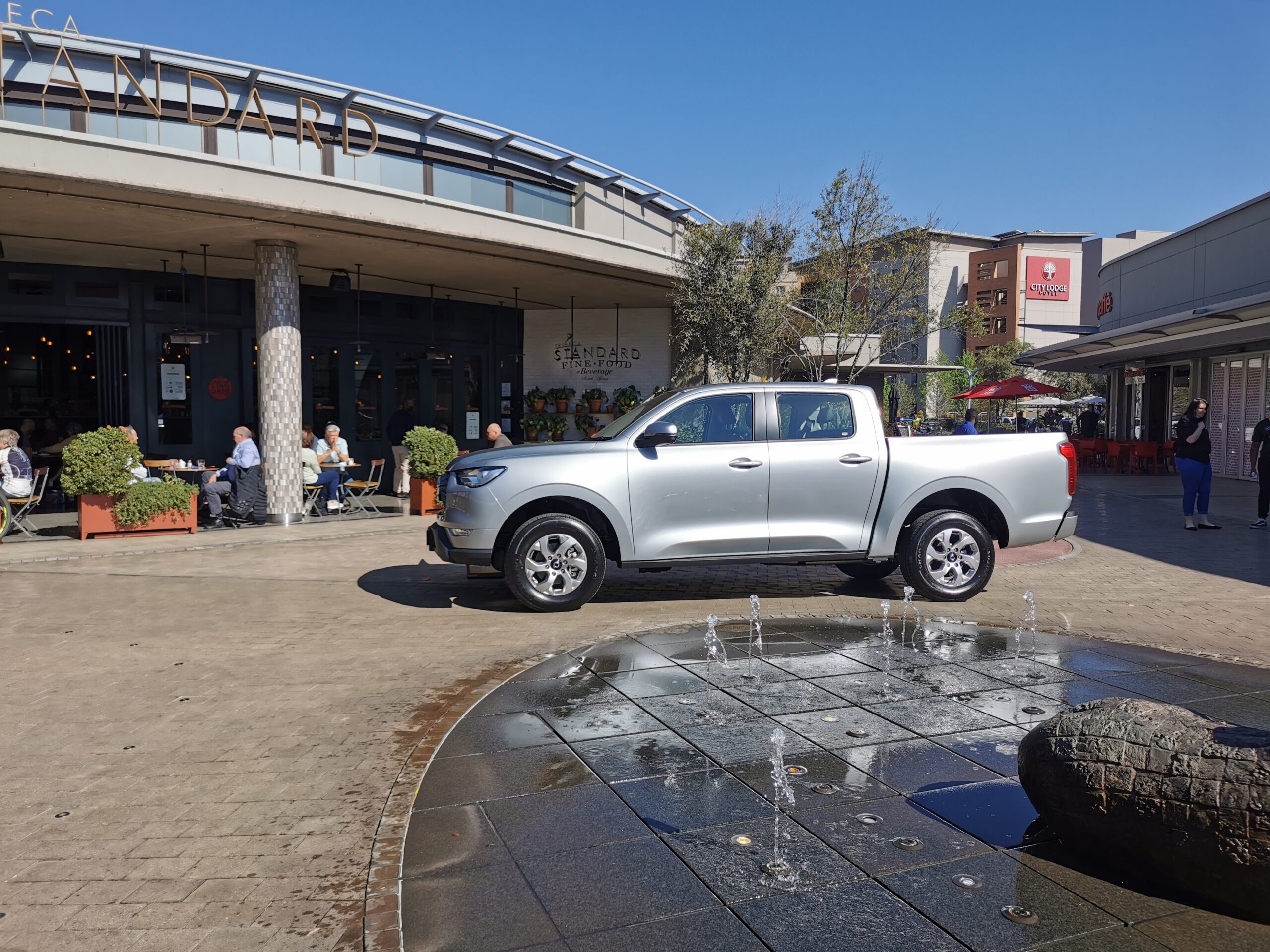

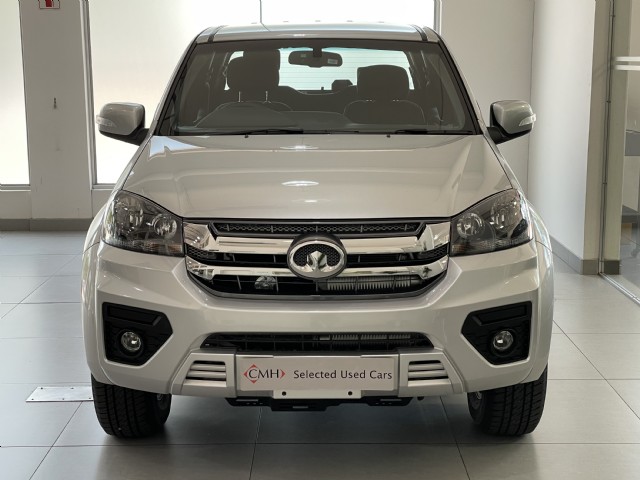 Both Single & Double Cab Facelifted Steed share the same Diesel Engine paired with a 6MT transmission. The diesel unit now produces a punchy 110kW and 320Nm compared to the previous mill which delivered 105kW and 305Nm. This increase of 5kW and 15Nm is also available earlier in the rev range @ 1400rpm.
Both Single & Double Cab Facelifted Steed share the same Diesel Engine paired with a 6MT transmission. The diesel unit now produces a punchy 110kW and 320Nm compared to the previous mill which delivered 105kW and 305Nm. This increase of 5kW and 15Nm is also available earlier in the rev range @ 1400rpm.
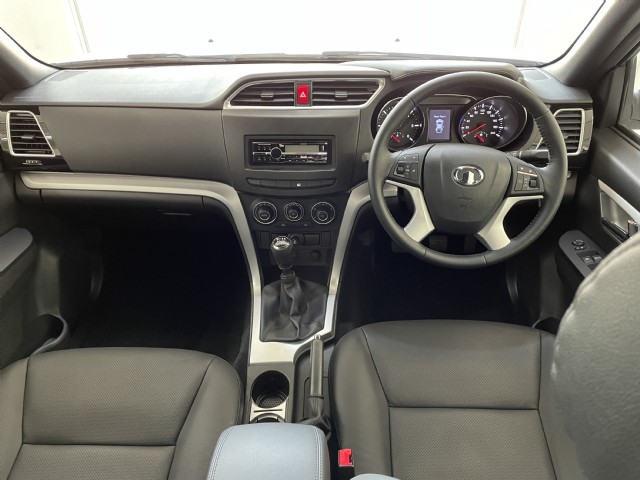
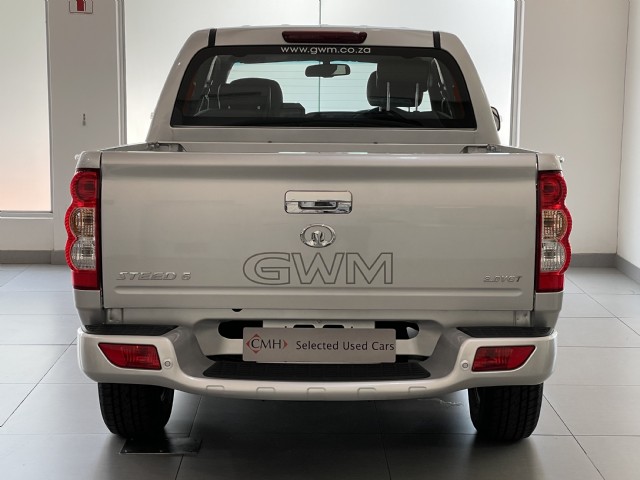
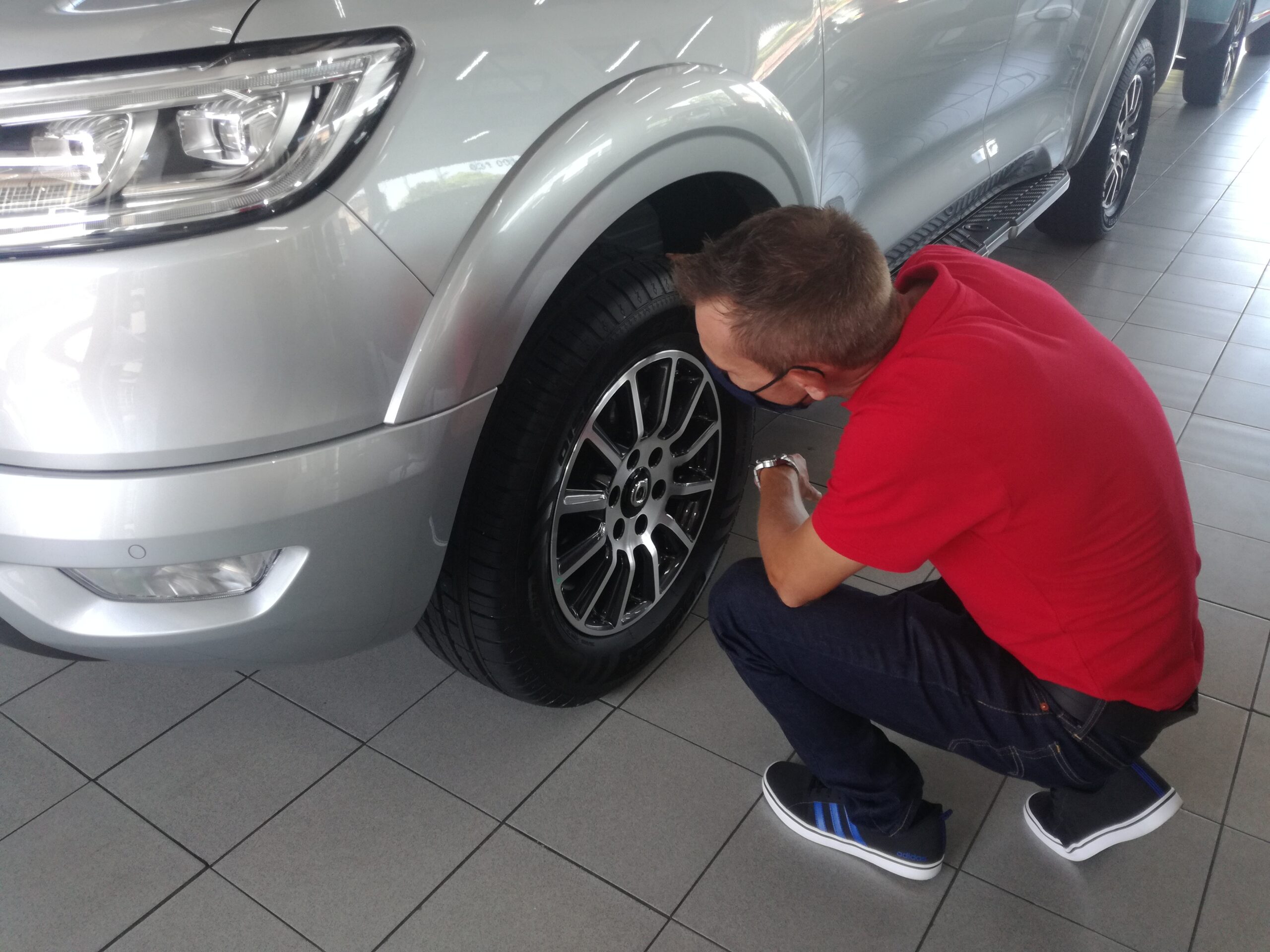
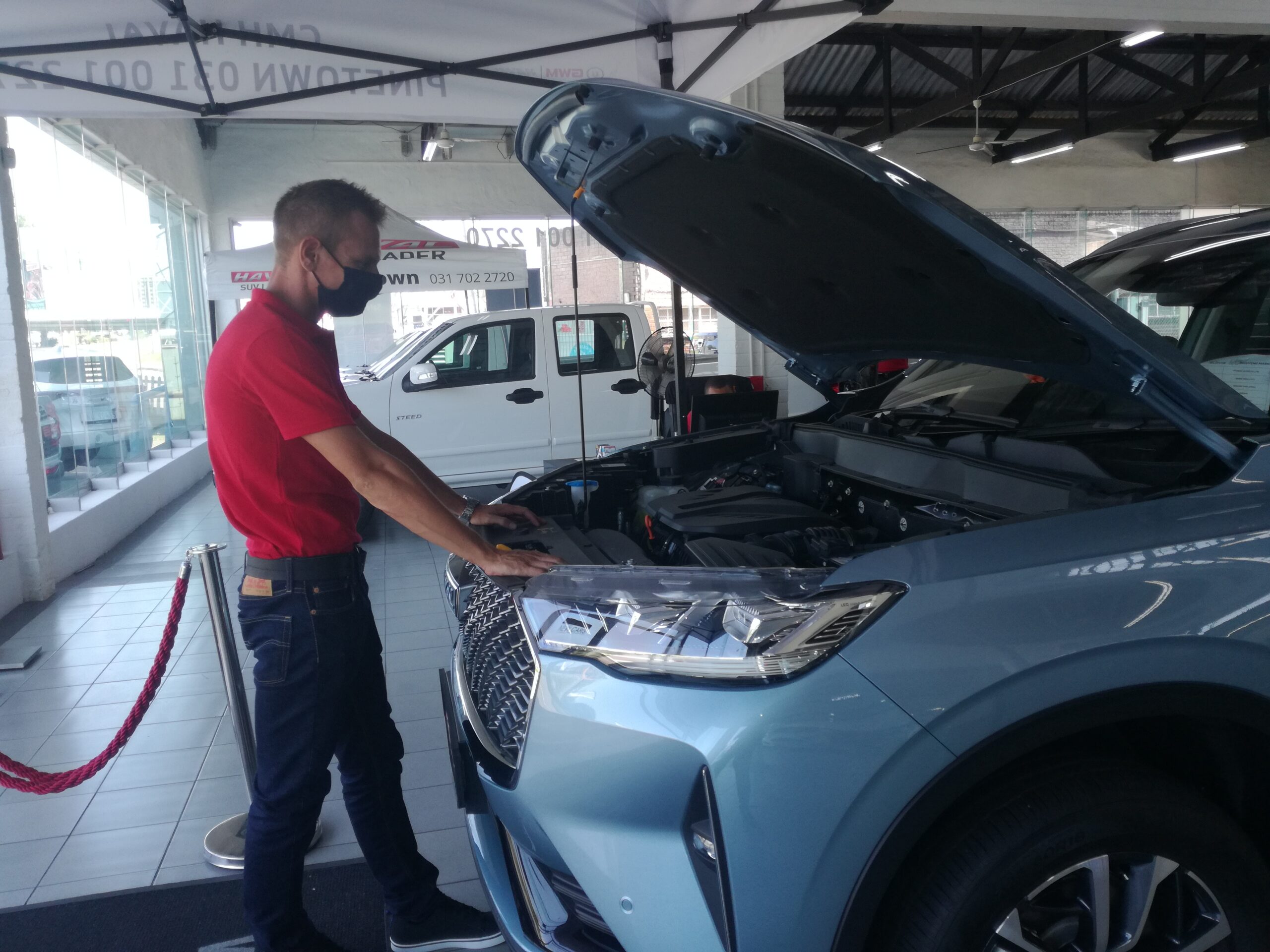


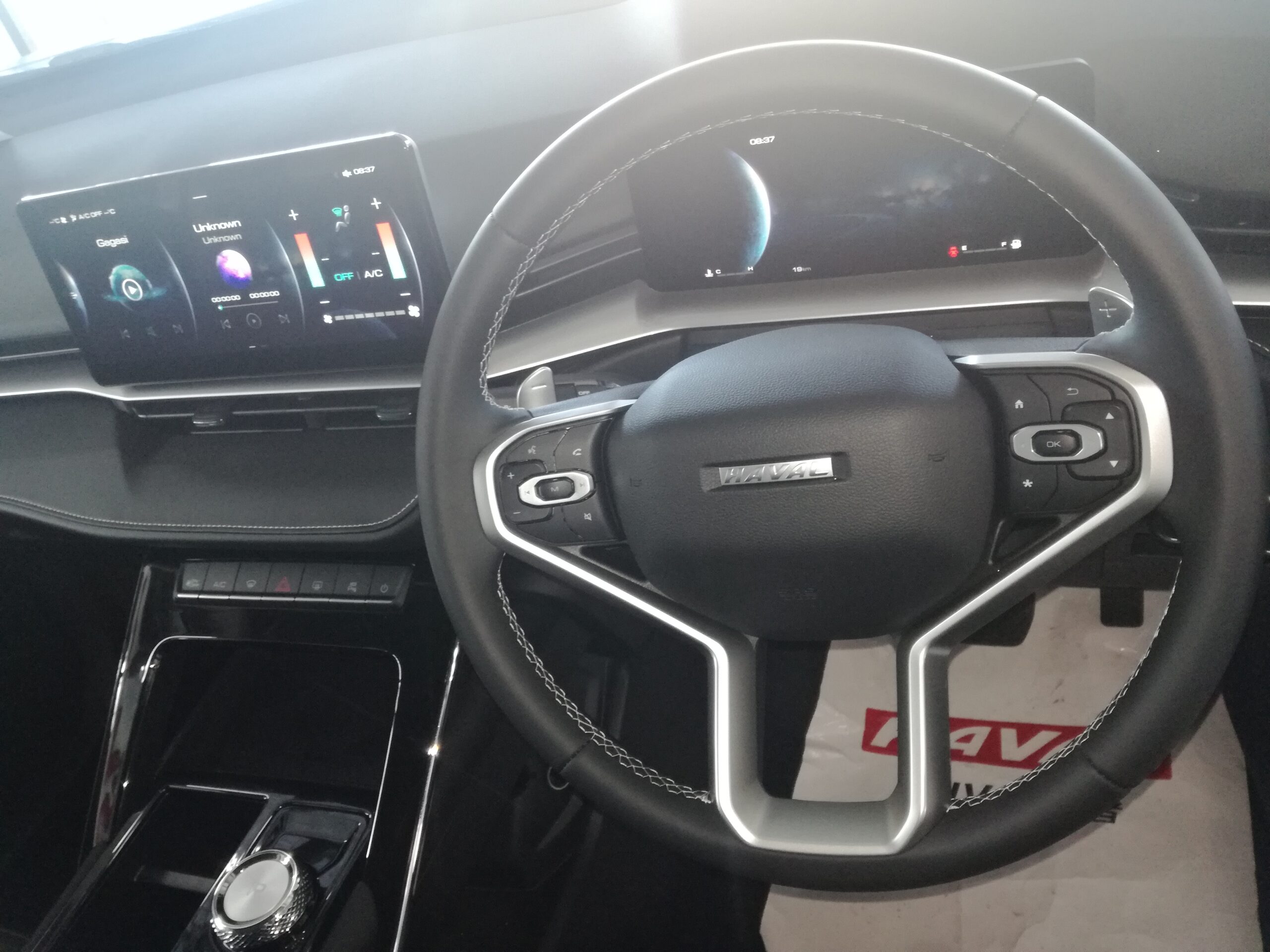

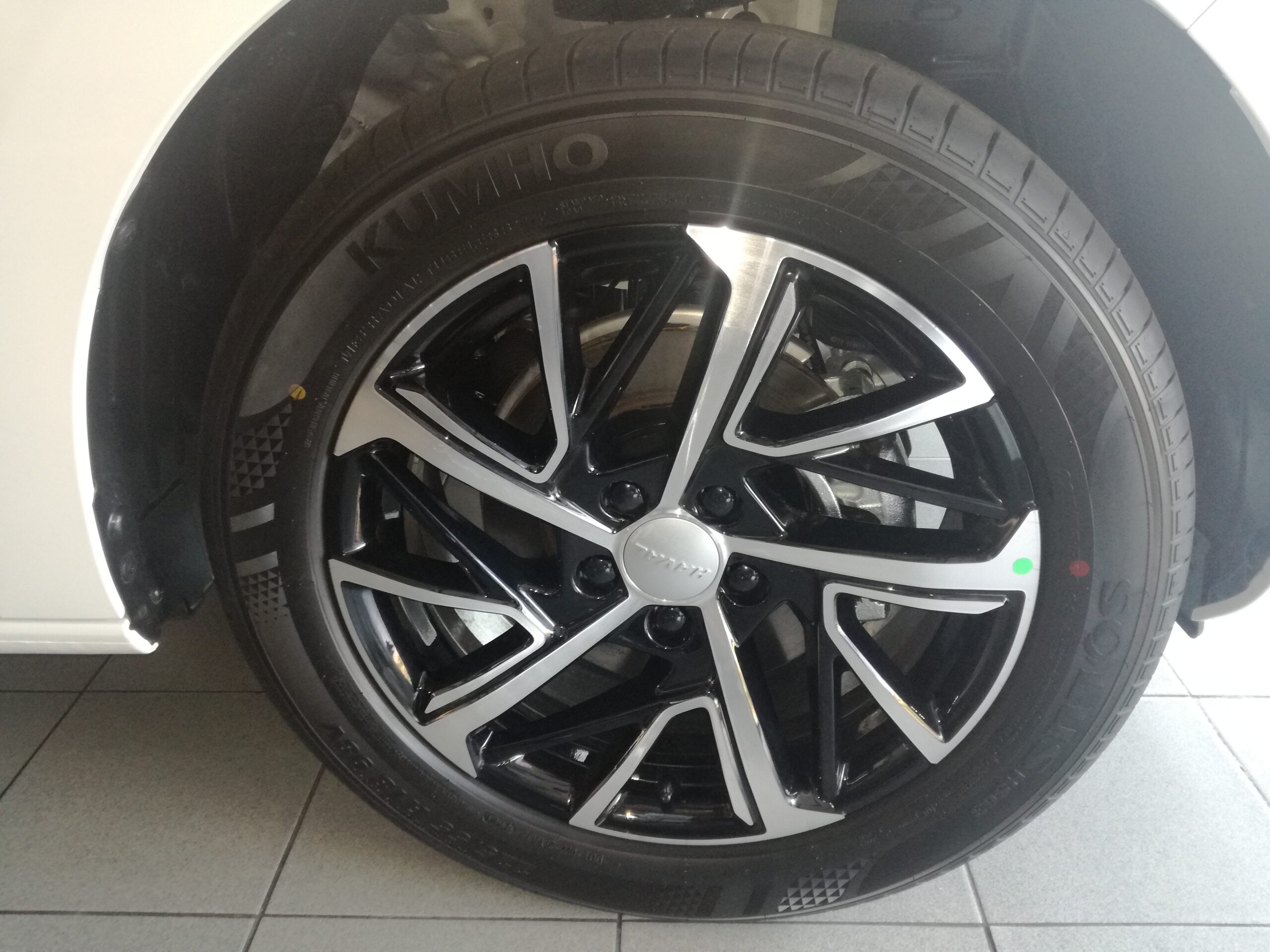
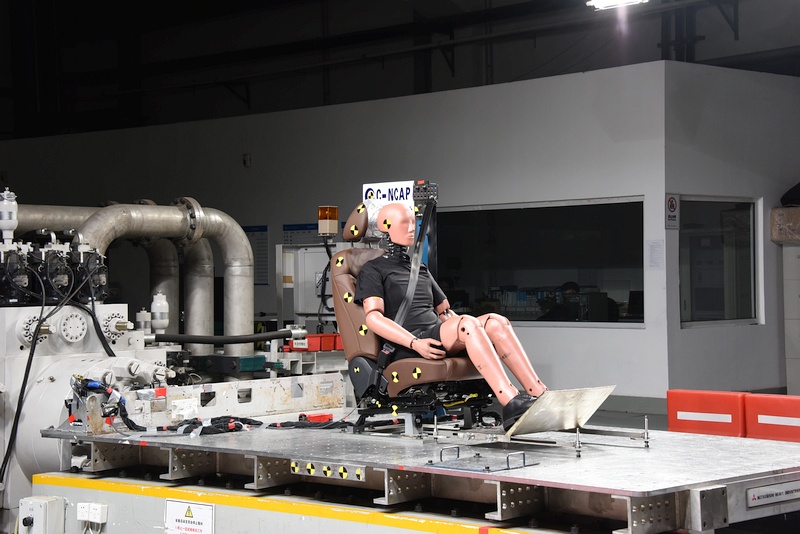
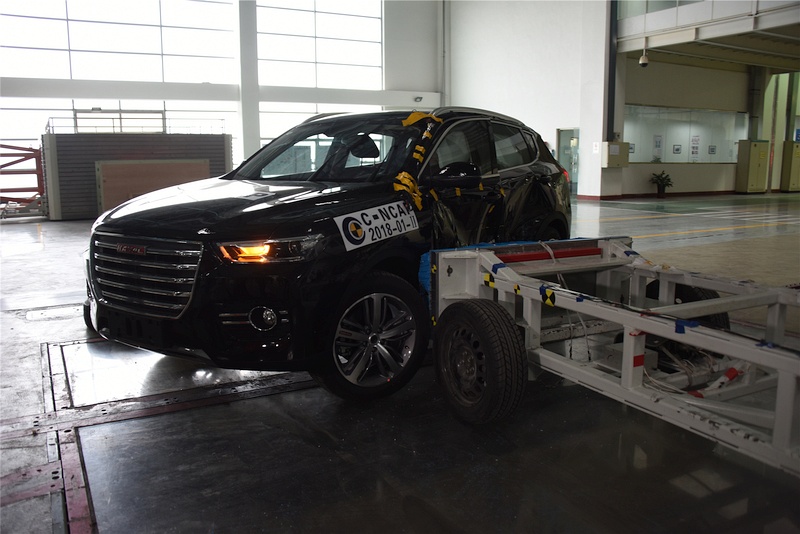

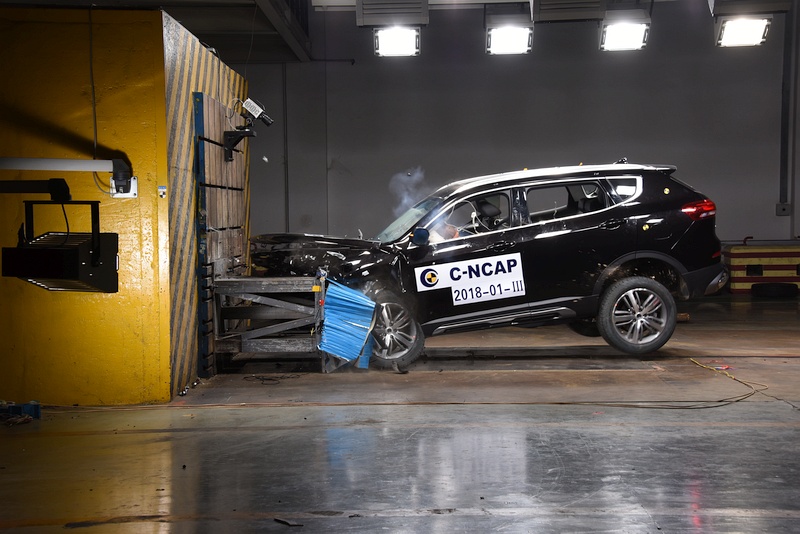

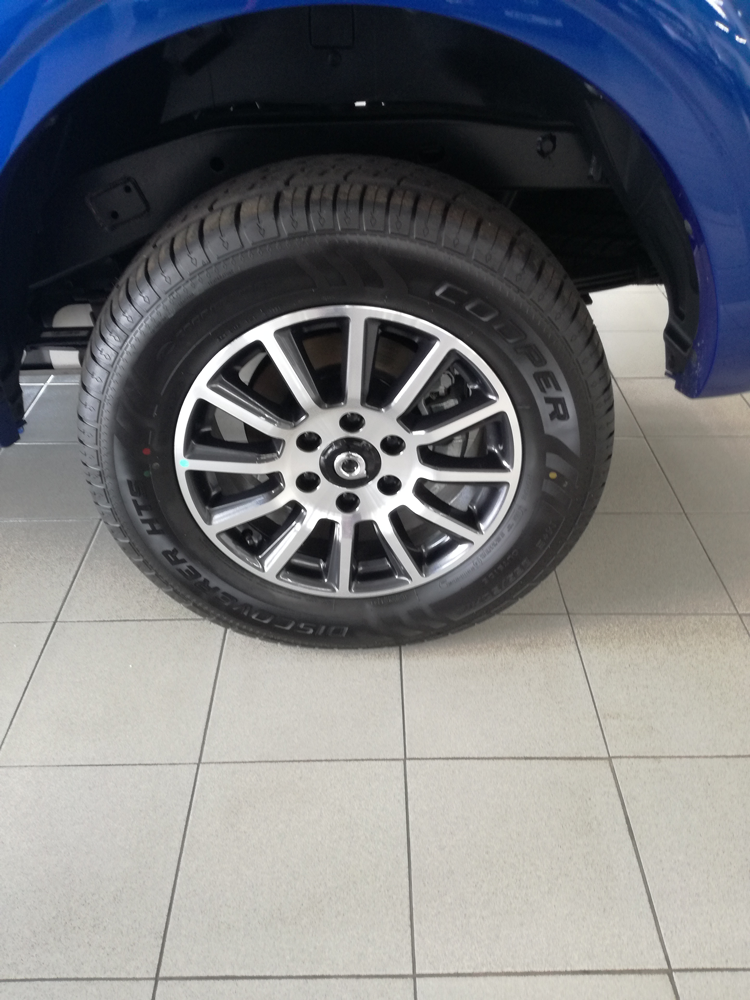
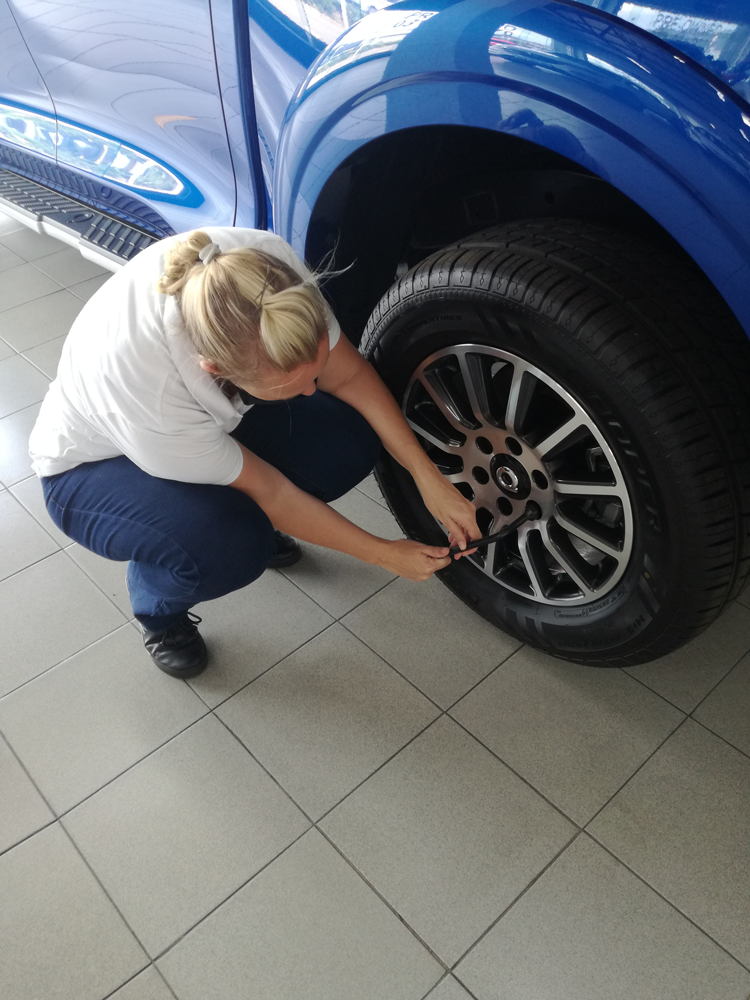 Turn the wheel wrench anti-clockwise and loosen the nuts to the point where they can be turned by hand (be warned – they may be tough to loosen).
However, don’t remove them completely yet.
4. Jack the car up
All cars have dedicated jacking points – consult your handbook to see where these are.
Aim to position the jack at the side of the car, close to the punctured wheel.
Placing a small plank of wood under the jack will help keep it stable.
Raise the car slowly until the flat tyre is 10-15cm off the ground.
5. Take out the flat tyre
Fully loosen and remove the wheel nuts, then gently pull the tyre towards you until it comes free.
Place it flat on the ground.
6. Mount the spare wheel
Slide the spare wheel onto the protruding hub bolts, or in line with the wheel nut slots (warning: it’s heavy to lift it off the ground to do this).
Replace the wheel nuts and tighten them by hand.
7. Lower the car and tighten the bolts
Use the jack to drop the car down slightly, so that the spare tyre is in contact with the ground.
Now use the wrench to fully tighten the wheel nuts.
8. Fully lower the car
Bring the car fully down to earth and remove the jack.
Consider giving the wheel nuts a final check for tightness.
Stow the jack and the other tyre in the boot, along with the rest of your equipment.
Note: if your car has a space saver, the old wheel will take up more space in the boot.
9. Check the spare tyre pressure
If you have one, use a tyre pressure gauge to check the spare wheel is fully inflated.
Alternatively, drive carefully to a petrol station and use the gauge there.
Pump up the tyre to the recommended pressure – as detailed in the handbook – if necessary.
10. Take your punctured tyre for repair
Visit a garage or tyre fitters at the first opportunity and give them your punctured wheel.
They will advise whether to repair or replace it.
Turn the wheel wrench anti-clockwise and loosen the nuts to the point where they can be turned by hand (be warned – they may be tough to loosen).
However, don’t remove them completely yet.
4. Jack the car up
All cars have dedicated jacking points – consult your handbook to see where these are.
Aim to position the jack at the side of the car, close to the punctured wheel.
Placing a small plank of wood under the jack will help keep it stable.
Raise the car slowly until the flat tyre is 10-15cm off the ground.
5. Take out the flat tyre
Fully loosen and remove the wheel nuts, then gently pull the tyre towards you until it comes free.
Place it flat on the ground.
6. Mount the spare wheel
Slide the spare wheel onto the protruding hub bolts, or in line with the wheel nut slots (warning: it’s heavy to lift it off the ground to do this).
Replace the wheel nuts and tighten them by hand.
7. Lower the car and tighten the bolts
Use the jack to drop the car down slightly, so that the spare tyre is in contact with the ground.
Now use the wrench to fully tighten the wheel nuts.
8. Fully lower the car
Bring the car fully down to earth and remove the jack.
Consider giving the wheel nuts a final check for tightness.
Stow the jack and the other tyre in the boot, along with the rest of your equipment.
Note: if your car has a space saver, the old wheel will take up more space in the boot.
9. Check the spare tyre pressure
If you have one, use a tyre pressure gauge to check the spare wheel is fully inflated.
Alternatively, drive carefully to a petrol station and use the gauge there.
Pump up the tyre to the recommended pressure – as detailed in the handbook – if necessary.
10. Take your punctured tyre for repair
Visit a garage or tyre fitters at the first opportunity and give them your punctured wheel.
They will advise whether to repair or replace it.
 Don’t drive on a space-saver spare wheel for longer than is strictly necessary – they are only intended for emergencies.
Start blooming your journey with Haval …
Visit us at 📌167 Josiah Gumede Road, Pinetown
Or call us on ☎
Don’t drive on a space-saver spare wheel for longer than is strictly necessary – they are only intended for emergencies.
Start blooming your journey with Haval …
Visit us at 📌167 Josiah Gumede Road, Pinetown
Or call us on ☎ 